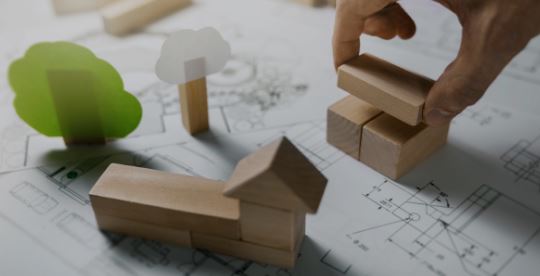The Crucial Role of Building Envelope Design in Florida’s Climate
Introduction
In Florida’s sun-drenched environment, where heat and humidity prevail, the design of Mechanical, Electrical, and Plumbing (MEP) systems is essential for maintaining comfort and energy efficiency. A well-designed envelope enhances insulation, controls moisture, and optimizes ventilation. This blog will explore how building envelope design supports MEP systems, promotes sustainability, and ensures occupant comfort.
Understanding MEP Systems and Building Envelopes
MEP systems regulate air quality, temperature, energy use, and water management within buildings.
A robust envelope shields against Florida’s intense heat, humidity, and storms. It minimizes energy loss, reduces strain on MEP systems, and extends their lifespan.
Florida’s Climate Challenges
Florida’s subtropical climate presents specific challenges that demand intentional design solutions:
- High Humidity and Heat: Excess moisture promotes mold growth and material deterioration. Without proper barriers, humidity can infiltrate indoor spaces.
- Intense Solar Exposure: Continuous sun exposure increases cooling demands. Energy-efficient materials and reflective surfaces mitigate this effect.
- Severe Weather: Buildings must withstand hurricanes and tropical storms. Reinforced envelopes protect structures and their internal systems.
Enhancing Energy Efficiency with MEP Systems
Energy-efficient MEP systems reduce operational costs and environmental impact. In Florida, HVAC systems often bear the brunt of cooling demands. Installing variable refrigerant flow (VRF) systems and smart thermostats can effectively manage energy use.
Automated lighting controls
- Occupancy sensors
- Energy management systems
Key Components of Building Envelope Design
Several factors contribute to an effective building envelope:
- Insulation: High-performance materials reduce heat transfer, keeping interiors cool and lowering HVAC demands.
- Air and Vapor Barriers: Proper barriers prevent moisture infiltration, protecting MEP systems from humidity-related damage.
- Windows and Glazing: Impact-resistant, low-emissivity (Low-E) windows minimize heat gain and improve energy efficiency.
- Roofing: Reflective or cool roofing materials reduce heat absorption, maintaining cooler indoor temperatures.
How Insulation Affects MEP Performance
Insulation plays a vital role in regulating indoor temperatures and reducing energy consumption. Proper insulation:
- Prevents heat from entering, reducing the load on HVAC systems.
- Minimizes condensation, preventing mold growth and structural damage.
Well-insulated buildings experience fewer temperature fluctuations, ensuring greater comfort for occupants.
Conclusion
Optimizing MEP systems and building envelope design is essential in Florida’s challenging climate. A well-designed envelope enhances energy efficiency, extends the lifespan of MEP systems, and ensures a comfortable indoor environment. By adopting sustainable design practices, architects and builders can create resilient buildings that withstand Florida’s heat and humidity.
Share your experiences with building envelope design in the comments below. Let’s continue the conversation on creating energy-efficient, sustainable structures in Florida!
learn more: https://publications.energyresearch.ucf.edu/wp-content/uploads/2018/06/FSEC-PF-291-95.pdf

















































